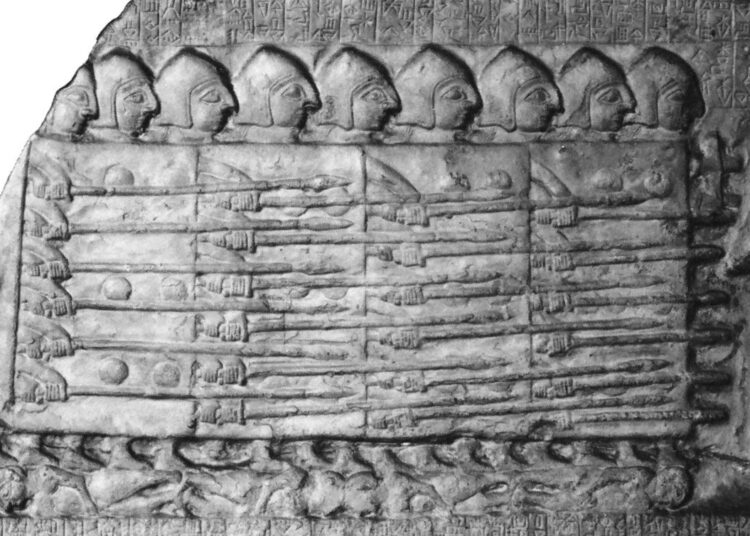Ancient warfare was constantly evolving, and one significant transition was from the phalanx formation to the legion system. The phalanx, originating in ancient Greece, consisted of tightly-packed infantry soldiers who created a wall of shields and spears. However, it had limitations, such as vulnerability to flanking maneuvers. The Roman Empire introduced the legion system, which included infantry, cavalry, and auxiliary units, offering flexibility and adaptability on the battlefield. Legions could launch flanking attacks and quickly change tactics based on the situation. This evolution showcased the innovation and sophistication of ancient military strategists and their constant pursuit of advantage over adversaries.
From Phalanx to Legion: Evolution of Ancient Military Tactics
Introduction
Ancient warfare was a complex and dynamic field that required constant adaptation and innovation. Throughout history, various ancient civilizations developed unique military tactics to gain an advantage over their adversaries. One such evolution occurred in the transition from the phalanx formation to the legion system, showcasing the strategic advancements made by ancient military strategists.
The Phalanx Formation
The phalanx formation was a highly disciplined and tightly-packed military formation that originated in ancient Greece. It consisted of heavily armed infantry soldiers known as hoplites, who would line up in rows, usually eight ranks deep. Each soldier carried a spear, a round shield, and wore a bronze helmet and armor.
The phalanx formation relied on the close coordination and unity of its soldiers to create a formidable wall of shields and spears. The soldiers would use their spears to thrust forward, creating a wall of lethal force that often proved impenetrable. The success of the phalanx formation was highly reliant on maintaining proper alignment and integrity, making it a somewhat rigid formation.
Challenges and Limitations of the Phalanx
While the phalanx formation was highly effective against frontal assaults, it had several limitations. One of the most significant drawbacks was its vulnerability to flanking maneuvers. The tight formation made it challenging to respond effectively to attacks from the sides or rear.
Additionally, the phalanx required extensive training and discipline to maintain its cohesion. Achieving and maintaining such disciplined troops was a significant challenge for ancient armies, as it required rigorous training, which not all city-states or empires could afford.
The Transition to Legions
The transition from the phalanx to legions was primarily driven by the military reforms of the ancient Roman Empire. The legion system introduced greater flexibility and adaptability to the battlefield. Unlike the phalanx, the legionnaires were not solely infantry soldiers. Legions incorporated different types of troops, including infantry, cavalry, and auxiliary units. This allowed the legions to engage in a variety of military tactics, suitable for different situations.
Advantages of the Legion System
The legion system offered several advantages over the phalanx formation. Firstly, the inclusion of cavalry units provided mobility and the ability to launch flanking attacks, mitigating the phalanx’s vulnerability to this type of maneuver.
Furthermore, legions emphasized a more flexible approach to combat. Roman legions were capable of adapting their formations and tactics based on the circumstances they faced. They could quickly change from a tight, shielded formation to a looser formation, utilizing their various units strategically.
Conclusion
The evolution from the phalanx to the legion showcased the innovative nature of ancient military strategists. While both formations had their advantages and limitations, the legion system represents a significant advancement in ancient military tactics. By incorporating various troop types and emphasizing flexibility, legions offered adaptability on the battlefield and a solution to some of the challenges faced by the phalanx. Understanding this evolution allows us to appreciate the complexity and sophistication of ancient warfare and the ongoing development of military tactics throughout history.












